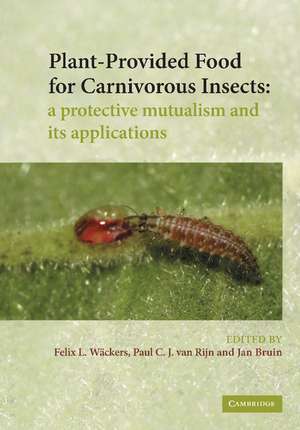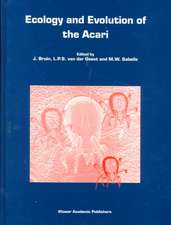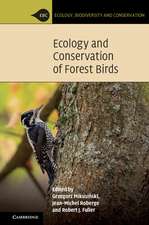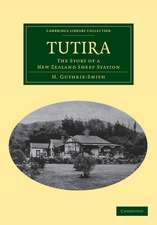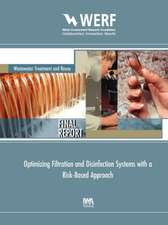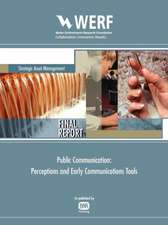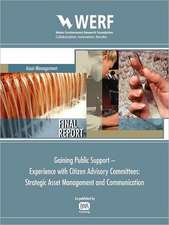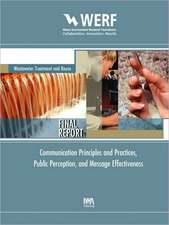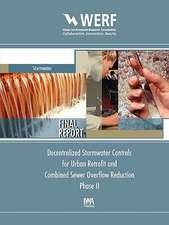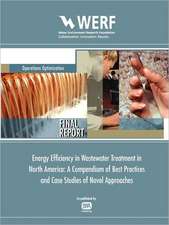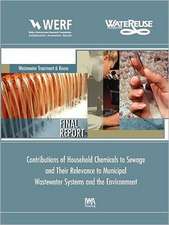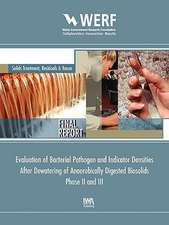Plant-Provided Food for Carnivorous Insects: A Protective Mutualism and its Applications
Editat de F. L. Wäckers, P. C. J. van Rijn, J. Bruinen Limba Engleză Paperback – 20 mar 2013
| Toate formatele și edițiile | Preț | Express |
|---|---|---|
| Paperback (1) | 444.17 lei 6-8 săpt. | |
| Cambridge University Press – 20 mar 2013 | 444.17 lei 6-8 săpt. | |
| Hardback (1) | 899.83 lei 6-8 săpt. | |
| Cambridge University Press – 9 iun 2005 | 899.83 lei 6-8 săpt. |
Preț: 444.17 lei
Nou
Puncte Express: 666
Preț estimativ în valută:
85.00€ • 92.30$ • 71.40£
85.00€ • 92.30$ • 71.40£
Carte tipărită la comandă
Livrare economică 22 aprilie-06 mai
Preluare comenzi: 021 569.72.76
Specificații
ISBN-13: 9781107414259
ISBN-10: 1107414253
Pagini: 370
Dimensiuni: 170 x 244 x 20 mm
Greutate: 0.59 kg
Editura: Cambridge University Press
Colecția Cambridge University Press
Locul publicării:New York, United States
ISBN-10: 1107414253
Pagini: 370
Dimensiuni: 170 x 244 x 20 mm
Greutate: 0.59 kg
Editura: Cambridge University Press
Colecția Cambridge University Press
Locul publicării:New York, United States
Cuprins
1. Food for protection: an introduction F. L. Wäckers and P. C. J. van Rijn; Part I. Food Provision by Plants: 2. Suitability of (extra-) floral nectar, pollen and honeydew as insect food sources F. L. Wäckers; 3. Nectar as fuel for plant protectors S. Koptur; 4. Fitness consequences of food-for-protection strategies in plants M. W. Sabelis, P. C. J. van Rijn and A. Janssen; Part II. Arthropods Feeding on Plant-Provided Food: 5. Food needs of adult parasitoids: behavioural adaptations and consequences D. M. Olson, K. Takasu and W. J. Lewis; 6. Effects of plant feeding on the performance of omnivorous 'predators' M. D. Eubanks and J. D. Styrsky; 7. Nectar and pollen feeding by adult herbivorous insects J. Romeis, E. Städler and F. L. Wäckers; Part III. Plant-Provided Food and Biological Control: 8. Impacts of plant-provided food on herbivore-carnivore dynamics P. C. J. van Rijn and M. W. Sabelis; 9. Does floral nectar improve biological control by parasitoids? G. E. Heimpel and M. A. Jervis; 10. Habitat diversification in biological control: the role of plant resources T. K. Wilkinson and D. A. Landis; 11. Providing foods for natural enemies in farming systems: balancing practicalities and theory G. M. Gurr, S. D. Wratten, J. Tylianakis, J. Kean and M. Keller.
Recenzii
'The book is a useful contribution for enlarging the published knowledge about general plant-insect interactions, with emphasis on the interactions at more trophic levels than is usually considered. The text is logically divided into a short introduction and three specialized parts … The structure of the book is straightforward: two chapters are devoted to branching processes overview, followed by more theoretical parts about models, and ending with three chapters full of examples and real data. The book can be used by many researchers and graduate students working on population dynamics … I appreciate that the text is written with respect to students and that the language used is also friendly for non-native English speaking readers. Thus this book is a good way to start understanding speciation. The target group, however, is not only students or evolutionary ecologists; I can also recommend this book to each institutional/university library and to many population biologists.' Jitka Vilimova, Charles University
'…provides a novel perspective on plant-herbivore-carnivore relationships … a timely review for entomologists and biological control specialists interested in the evolutionary and ecological importance of omnivorous multitrophic interactions. Its exhaustive literature review could be helpful to graduate students and researchers interested in food-web ecology in both natural and managed systems.' Environmental Entomology
'…provides a novel perspective on plant-herbivore-carnivore relationships … a timely review for entomologists and biological control specialists interested in the evolutionary and ecological importance of omnivorous multitrophic interactions. Its exhaustive literature review could be helpful to graduate students and researchers interested in food-web ecology in both natural and managed systems.' Environmental Entomology
Descriere
This book, first published in 2005, addresses food-mediated interactions, focusing on how plants employ foods to recruit arthropod 'bodyguards' as a protection against herbivores.
